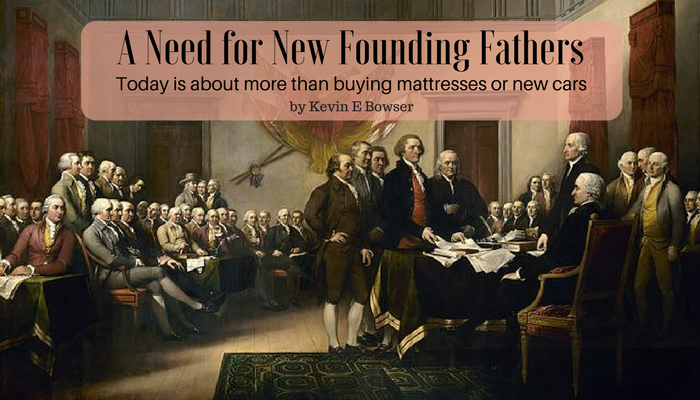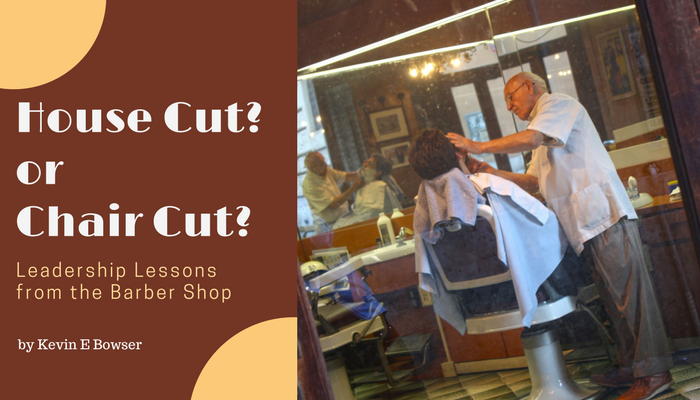I just couldn’t resist one more article in this series. This last one will deal with how leadership feels — both for the leader and the follower.
Maybe it is more of a “groove” than just a feeling. Maybe it is really nothing more than leadership “mojo.” But, there is an undeniable feeling when you are called to lead and you lead well. So, let’s take a look at how it feels for both the leader and the follower.
How it feels to lead well
Perhaps here is where the word “mojo” fits more than it does for the follower. The feeling that you have when you are leading a team through a project that no one else thought would have a chance of succeeding is almost euphoric. The feeling that you feel when you are communicating clearly and communicating with passion and your team is converting your words into actions is energizing. Perhaps the greatest benefit of those feelings is that they build our confidence and reinforce the sense that we are indeed in the right place at the right time.
However, all of this so far is predicated on the fact that we are leading and succeeding. But, what if we are leading and struggling? What if we are confident in our leadership, but the results are a reason to doubt? How do we deal with those feelings?
It is here that we need to move from feelings, which may be fleeting, and focus on the tried and true leadership principles that have served us well in times past. Focus on the tasks at hand and trust that the “warm” feelings will come with the ultimate success of the project. One of the factors that set great leaders apart is that they do what they know is right and then wait to feel good about the decision. Many wait until they feel good about a decision and then act based on that feeling.
What kinds of feelings do you experience?
Click here to read the rest of the article »











